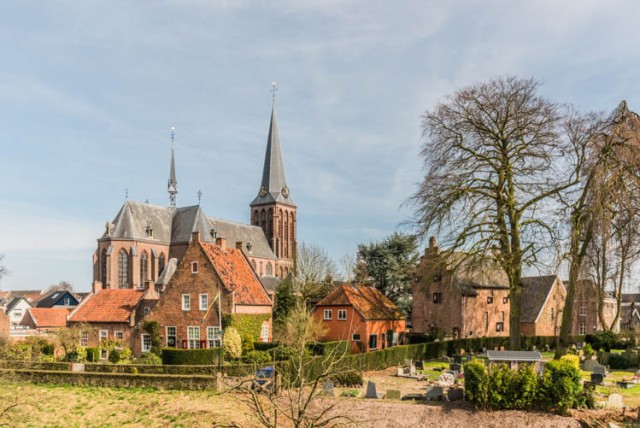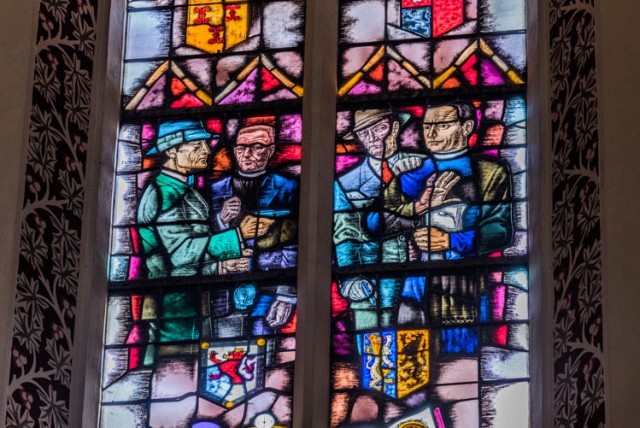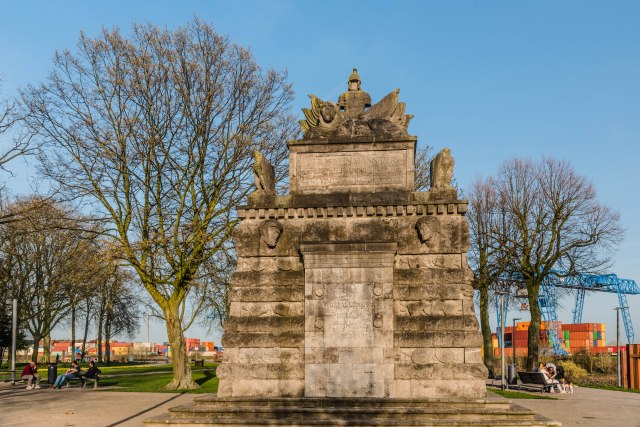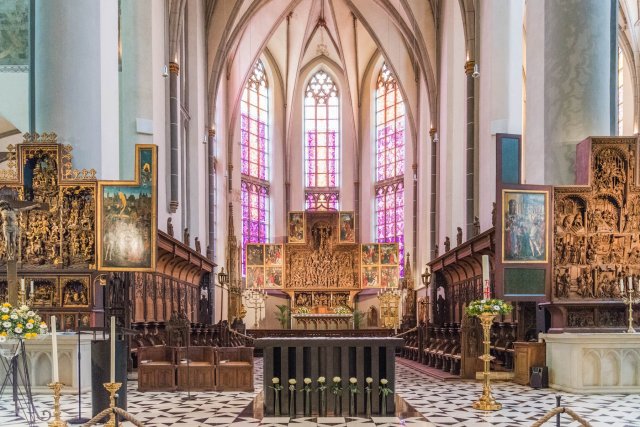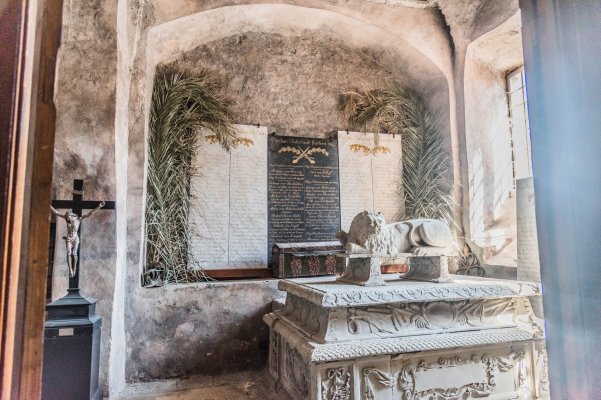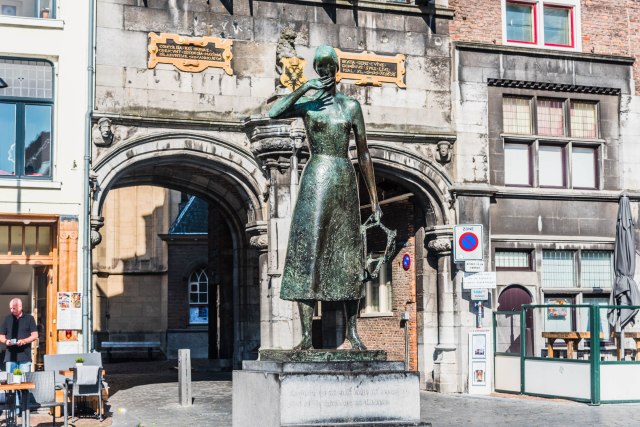Originally posted at Slugger O’Toole…
David Box gives his partner Seema Sett the dorky, Mr Bean-ish look, with the back of his tongue poking out of his gob that he knows always makes her smile when she’s had a rough day. The kids are asleep and they’re in bed too, sprawled on top of the duvet. The tablet is streaming one of their favourite series: Babylon 5. Season 2, the episode where the Technomages first appear. Pure nostalgia for their student days. They’re both a bit geekly about sci-fi: maths graduates, what do you expect? Lying prone, she stretches her hand up, strokes his face, says she’s tired but if he wants to turn that bloody thing off, she has something else in mind before they go to sleep.
If past general elections were defined by demographics spoken about for months in advance – Essex Man, Mondeo Man, Worcester Woman – the surprise results of 2017’s snap poll were driven most of all by Mr Box and Ms Sett: the people whom nobody saw coming and nobody much realised existed. This year’s local elections shows that they haven’t gone away.
Middle-class, entering middle-age, and hitherto deeply depoliticised, last year they voted for a Labour Party led by an overt Marxist perhaps to their own surprise and in numbers that still haven’t really seeped into the consciousness of political analysts and pundits a year later: 50% of 35-44 year olds voted for Corbyn’s Labour last June. At the point in their lives when their financial commitments and personal responsibilities are greatest, with kids at school and jumbo mortgages barely starting to be paid off, only 30% opted for Theresa May’s message of Tory stability.
On Epochal Political Shifts
In the late 1970s, it was young, prosperous, skilled, blue-collar workers who were about to deliver a radical change in the balance of political opinion in Britain. Detaching themselves from family loyalties to Labour that had existed for the two generations since poor Britons first won the vote, they flocked to Margaret Thatcher’s message of hard work, self-reliance, and opposition to the choking stranglehold of bureaucracy and unions.
Thirty years later, that vision is looking increasingly hollow to those who were schoolchildren during the Thatcher revolution, from the bottom of the social scale to the top. Those who work in the public sector haven’t seen an inflation-matching pay rise for eight years, which puts downward pressure on wages even for those in the private and third sectors. The house price spiral keeps them trapped on the same step of the housing ladder if they’re lucky enough to have bought; if they rent, costs are spiralling even more rapidly, while security of tenancy has vanished and is usually hemmed in with massive deposits and restrictive clauses that would have been unimaginable in their turn-of-the-millennium house shares. Both last year’s election and this one’s took place during a round of staff cuts in their children’s schools that went unnoticed by the national press, still less by the strategists who ran the Tory election campaigns. Continue reading →
